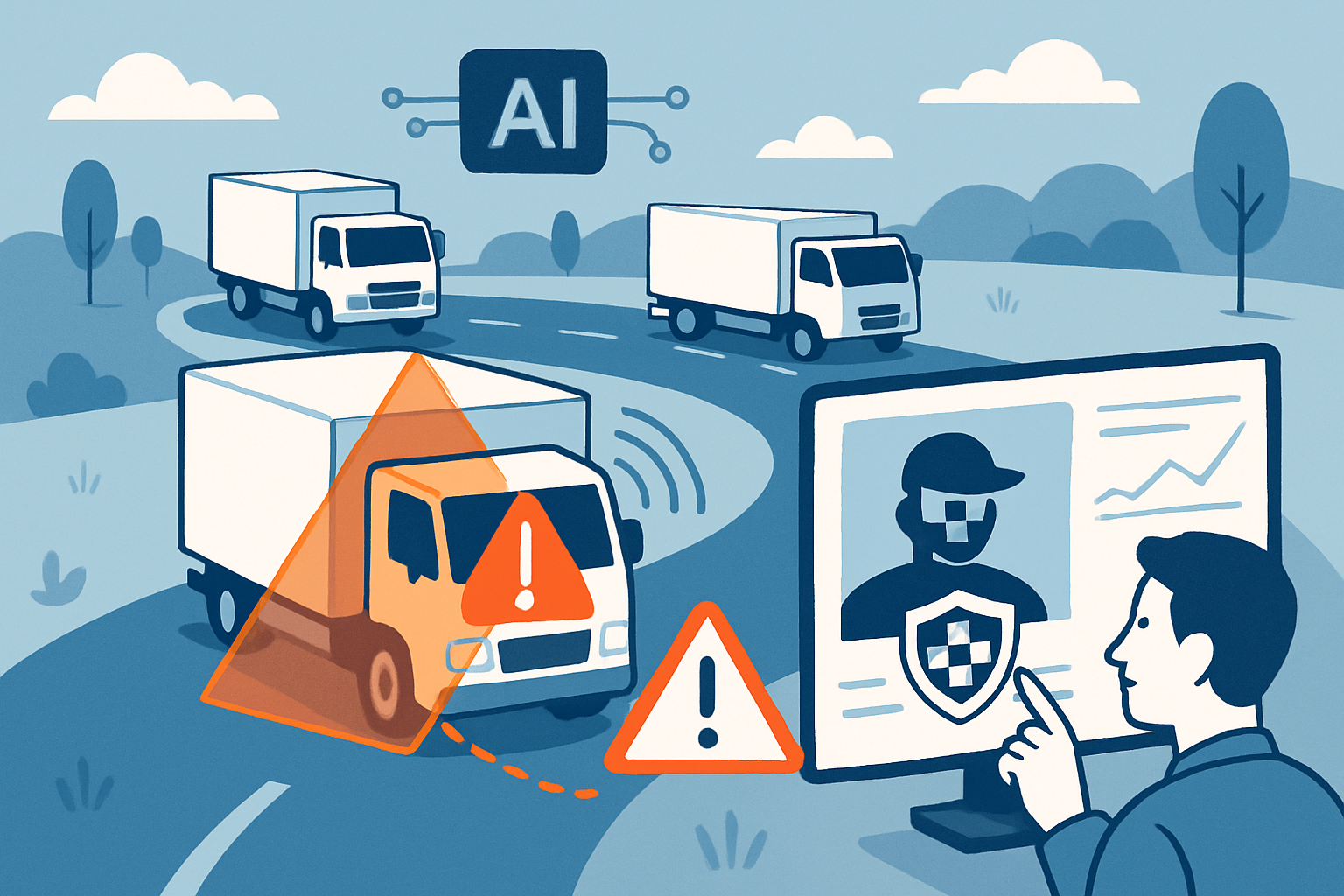In light of the Spanish railway accident that killed 79 people and injured almost 1,000 in July of this year, a recent USA Today article highlighted concerns about the implementation of safety measures on US intercity and commuter railroads. The National Transportation Safety Board investigated “15 accidents in which 50 people were killed and 942 people were injured” since 2005. Their investigation found that “rail accidents often result from crew fatigue” as well as medications and distractions. In 2008 congress passed a bill based on recommendations from the NTSB that trains be equipped with technology that would force a train to slow or stall if it were deemed to be out of control.
The deadline for implementation of this safety equipment was set for 2015, but now a proposal has been made to extend the deadline to 2020. The reason? There are concerns including “difficulties with technical aspects of the equipment, verifying it’s reliability and cost” according to the four Senators, now proposing the deadline extension. The USA Today article referenced three of the accidents included in NTSB’s report and all three indicated ‘fatigue’ as a factor. Employee fatigue and effectiveness is something that can be addressed now – Should rail operators and passengers have to wait another 7 years for safety measures to be put in place?




